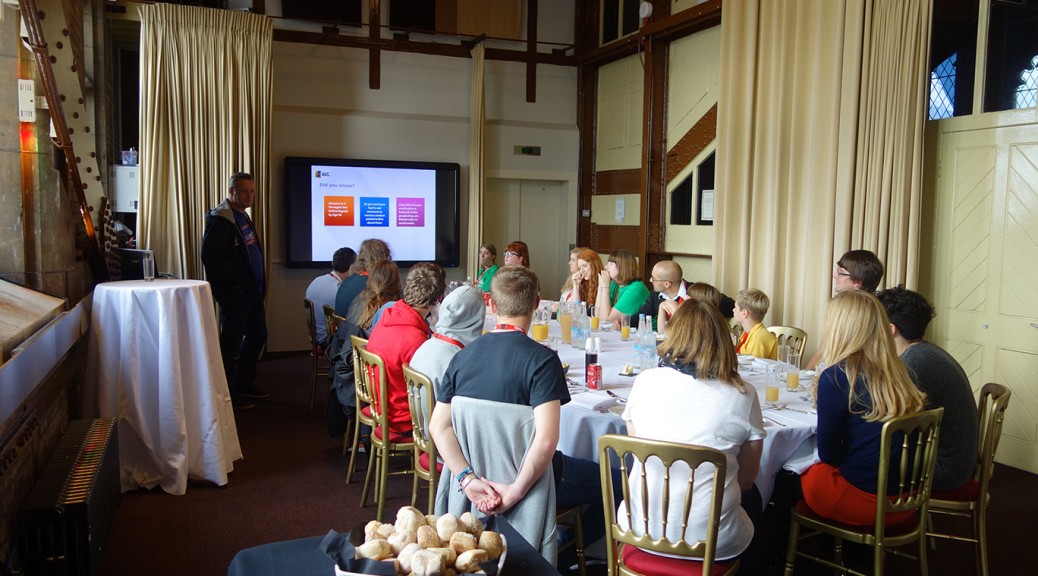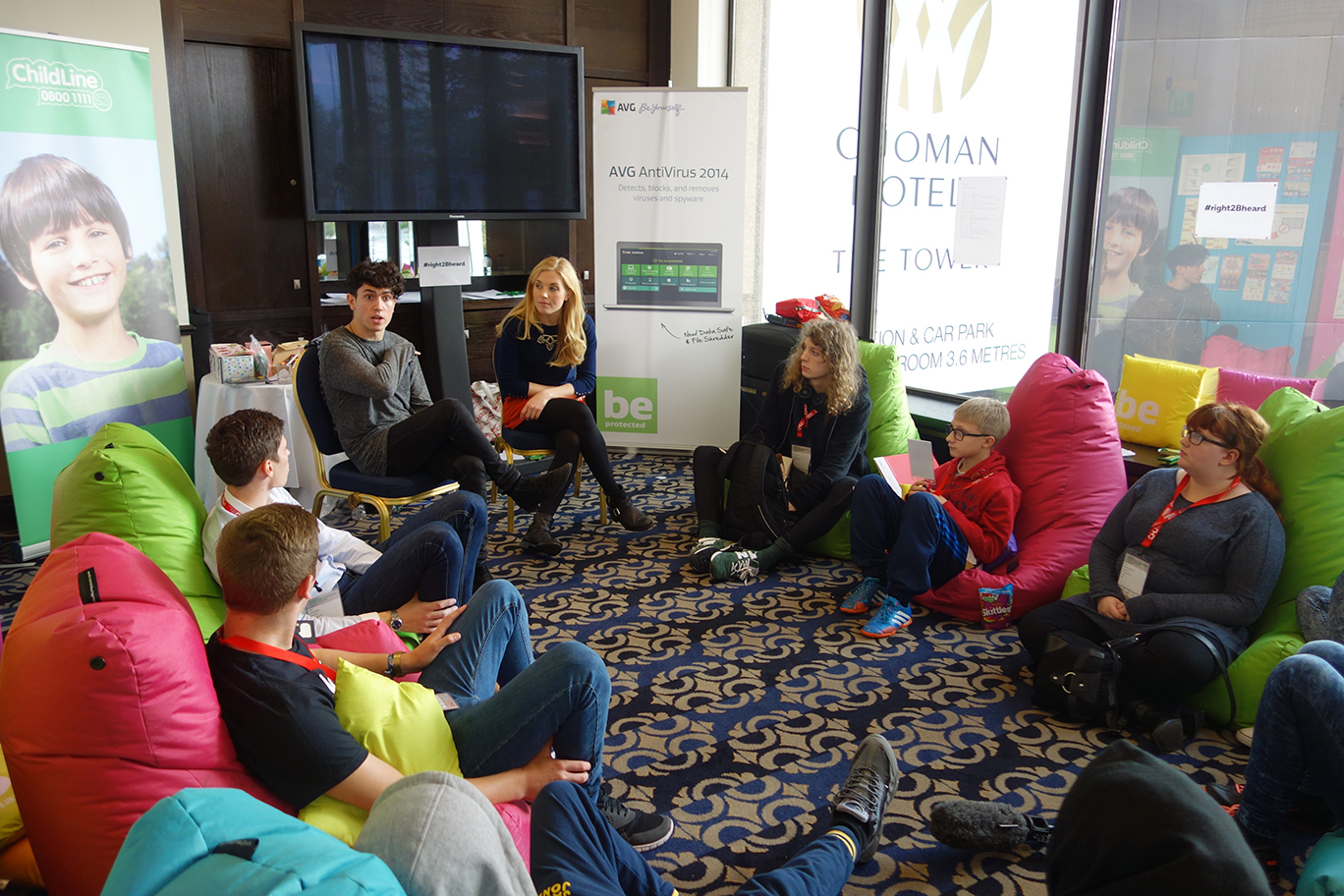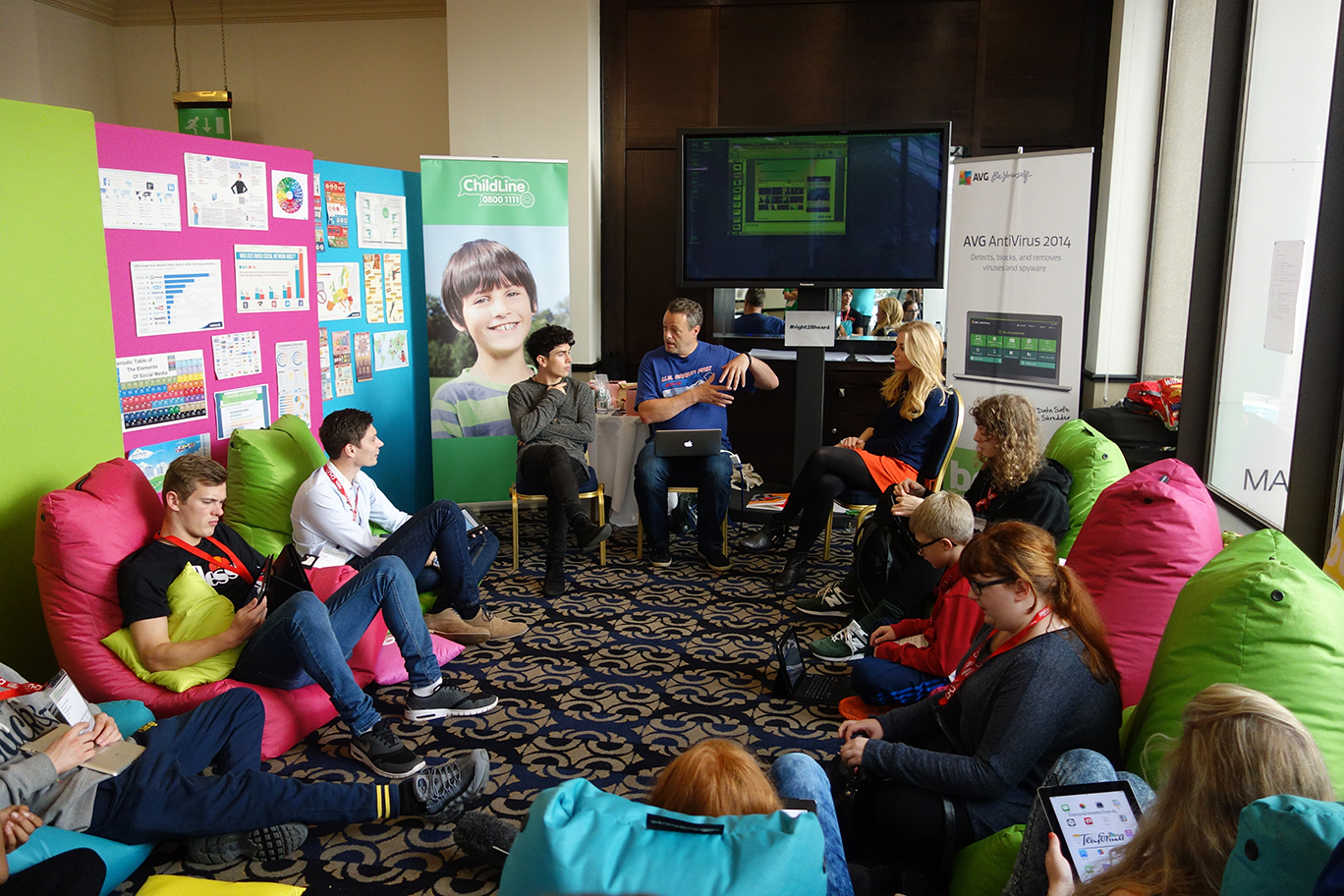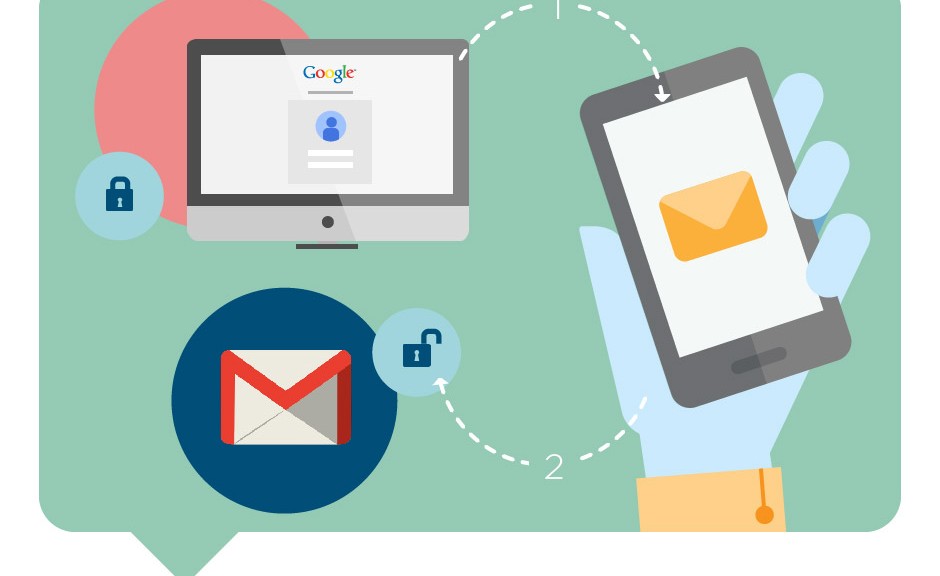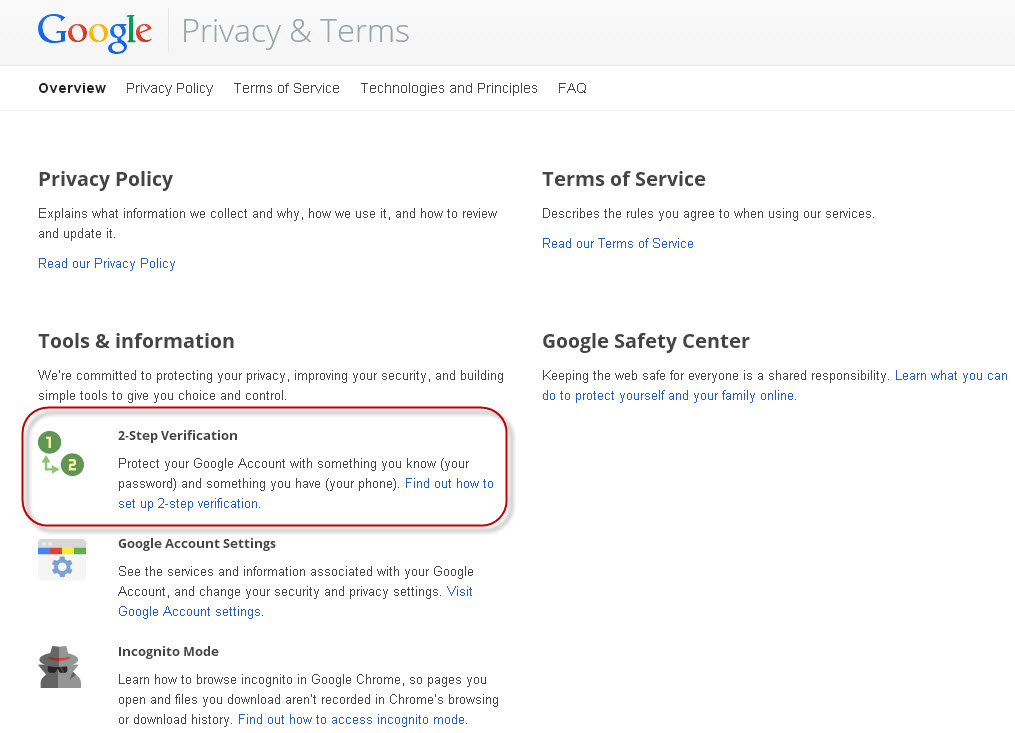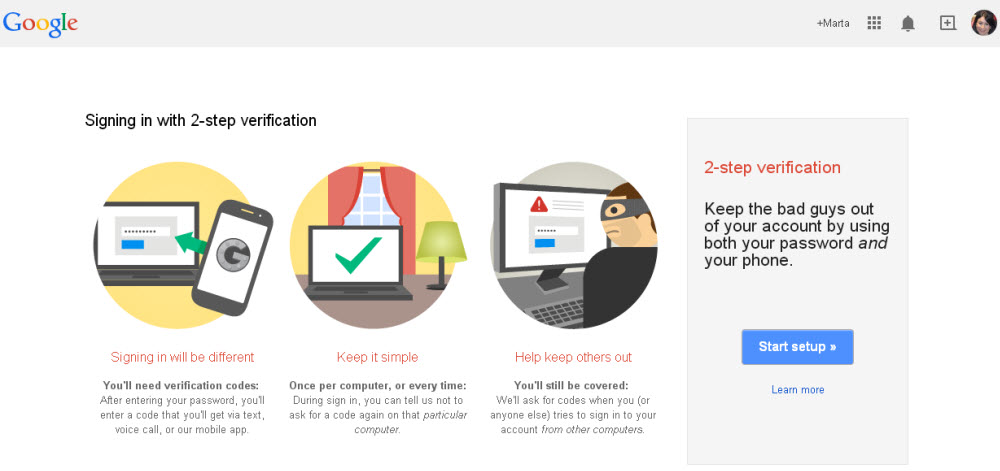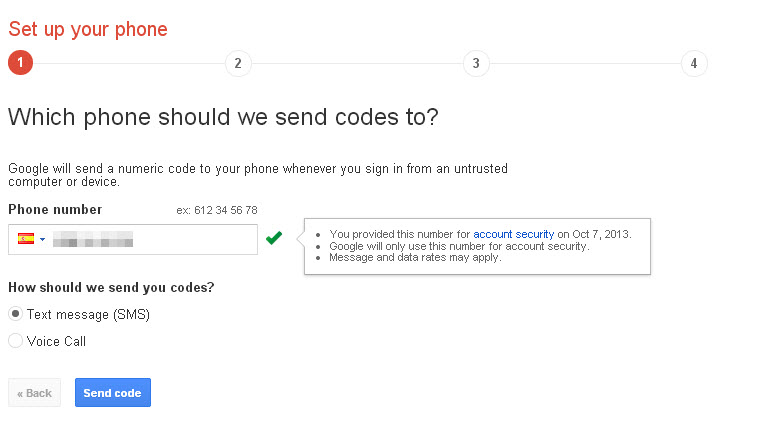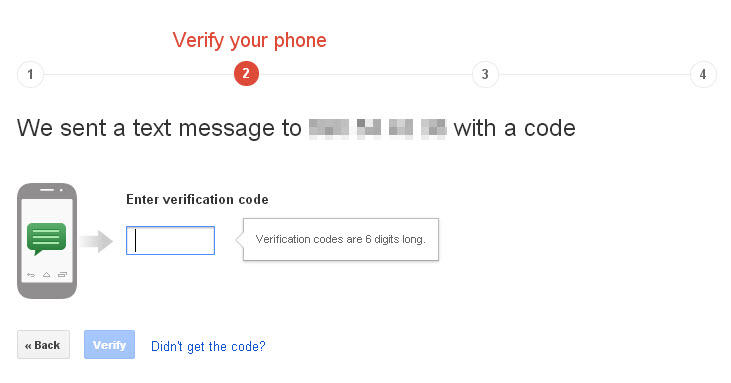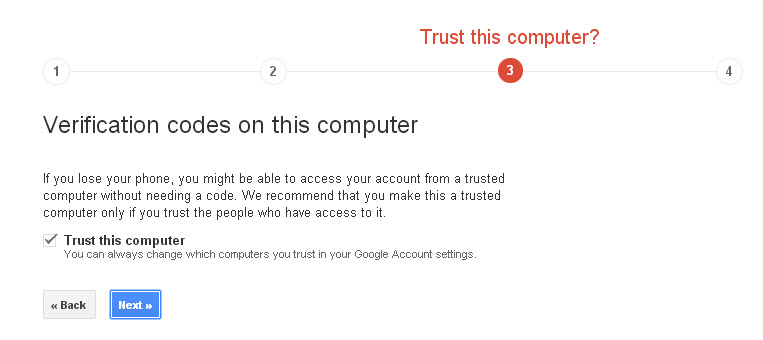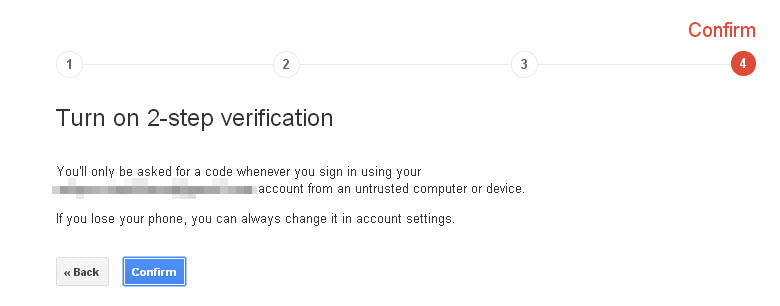| adaptivecomputing — torque_resource_manager |
The tm_adopt function in lib/Libifl/tm.c in Terascale Open-Source Resource and Queue Manager (aka TORQUE Resource Manager) 5.0.x, 4.5.x, 4.2.x, and earlier does not validate that the owner of the process also owns the adopted session id, which allows remote authenticated users to kill arbitrary processes via a crafted executable. |
2014-10-30 |
6.8 |
CVE-2014-3684
DEBIAN
SECUNIA
SECUNIA
MLIST
MLIST |
| apache — cxf |
The SamlHeaderInHandler in Apache CXF before 2.6.11, 2.7.x before 2.7.8, and 3.0.x before 3.0.1 allows remote attackers to cause a denial of service (infinite loop) via a crafted SAML token in the authorization header of a request to a JAX-RS service. |
2014-10-30 |
5.0 |
CVE-2014-3584
XF
BID
SECUNIA
MLIST |
| apache — cxf |
Apache WSS4J before 1.6.17 and 2.x before 2.0.2, as used in Apache CXF 2.7.x before 2.7.13 and 3.0.x before 3.0.2, when using TransportBinding, does properly enforce the SAML SubjectConfirmation method security semantics, which allows remote attackers to conduct spoofing attacks via unspecified vectors. |
2014-10-30 |
5.0 |
CVE-2014-3623
CONFIRM
XF
BID
SECUNIA
MLIST |
| avamar_virtual_edition — 6.0 |
EMC Avamar Data Store (ADS) and Avamar Virtual Edition (AVE) 6.x and 7.0.x through 7.0.2-43 do not require authentication for Java API calls, which allows remote attackers to discover grid MCUser and GSAN passwords via a crafted call. |
2014-10-25 |
5.0 |
CVE-2014-4624
XF
CONFIRM
SECTRACK
SECTRACK
BID
BUGTRAQ
SECUNIA
SECUNIA
MISC
MISC
BUGTRAQ |
| bottle_project — bottle |
Bottle 0.10.x before 0.10.12, 0.11.x before 0.11.7, and 0.12.x before 0.12.6 does not properly limit content types, which allows remote attackers to bypass intended access restrictions via an accepted Content-Type followed by a ; (semi-colon) and a Content-Type that would not be accepted, as demonstrated in YouCompleteMe to execute arbitrary code. |
2014-10-25 |
6.8 |
CVE-2014-3137
CONFIRM
MLIST
DEBIAN |
| cisco — asr901 |
Cisco IOS 15.4(3)S0b on ASR901 devices makes incorrect decisions to use the CPU for IPv4 packet processing, which allows remote attackers to cause a denial of service (BGP neighbor flapping) by sending many crafted IPv4 packets, aka Bug ID CSCuo29736. |
2014-10-28 |
5.0 |
CVE-2014-3293 |
| cisco — unified_communications_manager |
SQL injection vulnerability in the administrative web interface in Cisco Unified Communications Manager allows remote authenticated users to execute arbitrary SQL commands via a crafted response, aka Bug ID CSCup88089. |
2014-10-31 |
6.5 |
CVE-2014-3366 |
| cisco — unified_communications_manager |
Multiple cross-site scripting (XSS) vulnerabilities in the CCM reports interface in the Server in Cisco Unified Communications Manager allow remote attackers to inject arbitrary web script or HTML via unspecified parameters, aka Bug ID CSCuq90589. |
2014-10-31 |
4.3 |
CVE-2014-3372 |
| cisco — unified_communications_manager |
Multiple cross-site scripting (XSS) vulnerabilities in the CCM Dialed Number Analyzer interface in the Server in Cisco Unified Communications Manager allow remote attackers to inject arbitrary web script or HTML via unspecified parameters, aka Bug ID CSCup92550. |
2014-10-31 |
4.3 |
CVE-2014-3373 |
| cisco — unified_communications_manager |
Multiple cross-site scripting (XSS) vulnerabilities in the CCM admin interface in the Server in Cisco Unified Communications Manager allow remote attackers to inject arbitrary web script or HTML via unspecified parameters, aka Bug ID CSCuq90582. |
2014-10-31 |
4.3 |
CVE-2014-3374 |
| cisco — unified_communications_manager |
Multiple cross-site scripting (XSS) vulnerabilities in the CCM Service interface in the Server in Cisco Unified Communications Manager allow remote attackers to inject arbitrary web script or HTML via unspecified parameters, aka Bug ID CSCuq90597. |
2014-10-31 |
4.3 |
CVE-2014-3375 |
| cisco — ios |
The Ethernet Connectivity Fault Management (CFM) handling feature in Cisco IOS 12.2(33)SRE9a and earlier and IOS XE 3.13S and earlier allows remote attackers to cause a denial of service (device reload) via malformed CFM packets, aka Bug ID CSCuq93406. |
2014-10-25 |
6.1 |
CVE-2014-3409 |
| cobbler_project — cobbler |
The set_mgmt_parameters function in item.py in cobbler before 2.2.2 allows context-dependent attackers to execute arbitrary code via vectors related to the use of the yaml.load function instead of the yaml.safe_load function, as demonstrated using Puppet. |
2014-10-26 |
6.8 |
CVE-2011-4953
CONFIRM
CONFIRM
SUSE |
| cpuminer_project — cpuminer |
Stack-based buffer overflow in CPUMiner before 2.4.1 allows remote attackers to have an unspecified impact by sending a mining.subscribe response with a large nonce2 length, then triggering the overflow with a mining.notify request. |
2014-10-24 |
6.0 |
CVE-2014-6251
FULLDISC |
| deeproot_linux — deepofix |
The SMTP server in DeepOfix 3.3 and earlier allows remote attackers to bypass authentication via an empty password, which triggers an LDAP anonymous bind. |
2014-10-26 |
5.0 |
CVE-2013-6796
XF
BID
OSVDB
EXPLOIT-DB
MISC |
| dell — equallogic_ps4000_firmware |
Directory traversal vulnerability in Dell EqualLogic PS4000 with firmware 6.0 allows remote attackers to read arbitrary files via a .. (dot dot) in the default URI. |
2014-10-30 |
5.0 |
CVE-2013-3304
MISC
BID
EXPLOIT-DB |
| egroupware — egroupware |
Multiple cross-site request forgery (CSRF) vulnerabilities in EGroupware Enterprise Line (EPL) before 1.1.20140505, EGroupware Community Edition before 1.8.007.20140506, and EGroupware before 14.1 beta allow remote attackers to hijack the authentication of administrators for requests that (1) create an administrator user via an admin.uiaccounts.add_user action to index.php or (2) modify settings via the newsettings parameter in an admin.uiconfig.index action to index.php. NOTE: vector 2 can be used to execute arbitrary PHP code by leveraging CVE-2014-2988. |
2014-10-26 |
6.8 |
CVE-2014-2987
MISC
BUGTRAQ
CONFIRM
SECUNIA |
| electric_cloud — electriccommander |
Electric Cloud ElectricCommander before 4.2.6 and 5.x before 5.0.3 uses world-writable permissions for (1) eccert.pl and (2) ecconfigure.pl, which allows local users to execute arbitrary Perl code by modifying these files. |
2014-10-24 |
4.6 |
CVE-2014-7180
XF
BID
MISC
MISC
FULLDISC
MISC |
| emc — avamar |
EMC Avamar 6.0.x, 6.1.x, and 7.0.x in Avamar Data Store (ADS) GEN4(S) and Avamar Virtual Edition (AVE), when Password Hardening before 2.0.0.4 is enabled, uses UNIX DES crypt for password hashing, which makes it easier for context-dependent attackers to obtain cleartext passwords via a brute-force attack. |
2014-10-25 |
5.0 |
CVE-2014-4623
XF
SECTRACK
BID
MISC
BUGTRAQ |
| etiko — etiko_cms |
Multiple cross-site scripting (XSS) vulnerabilities in Etiko CMS allow remote attackers to inject arbitrary web script or HTML via the (1) page_id parameter to loja/index.php or (2) article_id parameter to index.php. |
2014-10-28 |
4.3 |
CVE-2014-8505
XF
MISC |
| exponentcms — exponent_cms |
Cross-site scripting (XSS) vulnerability in Exponent CMS 2.3.0 allows remote attackers to inject arbitrary web script or HTML via the src parameter in the search action to index.php. |
2014-10-26 |
4.3 |
CVE-2014-6635
XF
MISC |
| f5 — big-ip_access_policy_manager |
Cross-site scripting (XSS) vulnerability in tmui/dashboard/echo.jsp in the Configuration utility in F5 BIG-IP LTM, APM, ASM, GTM, and Link Controller 11.0.0 before 11.6.0 and 10.1.0 through 10.2.4, AAM 11.4.0 before 11.6.0, AFM and PEM 11.3.0 before 11.6.0, Analytics 11.0.0 through 11.5.1, Edge Gateway, WebAccelerator, and WOM 11.0.0 through 11.3.0 and 10.1.0 through 10.2.4, and PSM 11.0.0 through 11.4.1 and 10.1.0 through 10.2.4 and Enterprise Manager 3.0.0 through 3.1.1 and 2.1.0 through 2.3.0 allows remote attackers to inject arbitrary web script or HTML via unspecified vectors. |
2014-10-28 |
4.3 |
CVE-2014-4023 |
| fal_sftp_project — fal_sftp |
The fal_sftp extension before 0.2.6 for TYPO3 uses weak permissions for sFTP driver files and folders, which allows remote authenticated users to obtain sensitive information via unspecified vectors. |
2014-10-27 |
4.0 |
CVE-2014-8327
XF |
| freebsd — freebsd |
namei in FreeBSD 9.1 through 10.1-RC2 allows remote attackers to cause a denial of service (memory exhaustion) via vectors that trigger a sandboxed process to look up a large number of nonexistent path names. |
2014-10-27 |
5.0 |
CVE-2014-3711
SECTRACK |
| freebsd — freebsd |
routed in FreeBSD 8.4 through 10.1-RC2 allows remote attackers to cause a denial of service (assertion failure and daemon exit) via an RIP request from a source not on a directly connected network. |
2014-10-27 |
5.0 |
CVE-2014-3955
SECTRACK
SECUNIA |
| ghostscript — ghostscript |
Untrusted search path vulnerability in Ghostscript 8.62 allows local users to execute arbitrary PostScript code via a Trojan horse Postscript library file in Encoding/ under the current working directory, a different vulnerability than CVE-2010-2055. |
2014-10-26 |
4.4 |
CVE-2010-4820
CONFIRM
MISC
BID
BUGTRAQ
MLIST
MISC |
| gnu — eglibc |
Integer signedness error in Glibc before 2.13 and eglibc before 2.13, when using Supplemental Streaming SIMD Extensions 3 (SSSE3) optimization, allows context-dependent attackers to execute arbitrary code via a negative length parameter to (1) memcpy-ssse3-rep.S, (2) memcpy-ssse3.S, or (3) memset-sse2.S in sysdeps/i386/i686/multiarch/, which triggers an out-of-bounds read, as demonstrated using the memcpy function. |
2014-10-27 |
6.8 |
CVE-2011-2702
CONFIRM
MISC
MISC
OSVDB
MISC
CONFIRM
MLIST
MLIST |
| hp — hp-ux |
Unspecified vulnerability in the kernel in HP HP-UX B.11.31 allows local users to cause a denial of service via unknown vectors. |
2014-10-30 |
4.9 |
CVE-2014-7877 |
| ibm — tivoli_composite_application_manager_for_transactions |
The Internet Service Monitor (ISM) agent in IBM Tivoli Composite Application Manager (ITCAM) for Transactions 7.1 and 7.2 before 7.2.0.3 IF28, 7.3 before 7.3.0.1 IF30, and 7.4 before 7.4.0.0 IF18 does not verify X.509 certificates from SSL servers, which allows man-in-the-middle attackers to spoof servers and obtain credential information via a crafted certificate. |
2014-10-29 |
4.3 |
CVE-2014-3051
XF |
| ibm — websphere_portal |
Unspecified vulnerability in IBM WebSphere Portal 6.1.0 through 6.1.0.6 CF27, 6.1.5 through 6.1.5.3 CF27, 7.0 through 7.0.0.2 CF28, 8.0 through 8.0.0.1 CF14, and 8.5.0 before CF03 allows remote authenticated users to execute arbitrary code via unknown vectors. |
2014-10-28 |
6.5 |
CVE-2014-4808
XF |
| ibm — websphere_portal |
IBM WebSphere Portal 6.1.0 through 6.1.0.6 CF27, 6.1.5 through 6.1.5.3 CF27, 7.0 through 7.0.0.2 CF28, 8.0 through 8.0.0.1 CF14, and 8.5.0 before CF03 provides different web-server error codes depending on whether a requested file exists, which allows remote attackers to determine the validity of filenames via a series of requests. |
2014-10-28 |
5.0 |
CVE-2014-4821
XF |
| ibm — tririga_application_platform |
Cross-site request forgery (CSRF) vulnerability in birtviewer.query in IBM TRIRIGA Application Platform 3.2 and 3.3 before 3.3.0.2, 3.3.1 before 3.3.1.3, 3.3.2 before 3.3.2.2, and 3.4 before 3.4.0.1 allows remote authenticated users to hijack the authentication of arbitrary users for requests that insert XSS sequences. |
2014-10-29 |
6.0 |
CVE-2014-4839
XF |
| ibm — sterling_b2b_integrator |
The Change Password feature in IBM Sterling B2B Integrator 5.2.x through 5.2.4 does not have a lockout protection mechanism for invalid login requests, which makes it easier for remote attackers to obtain admin access via a brute-force approach. |
2014-10-26 |
5.0 |
CVE-2014-6099
XF
AIXAPAR
AIXAPAR |
| ibm — business_process_manager |
Cross-site scripting (XSS) vulnerability in the redirect-login feature in IBM Business Process Manager (BPM) Advanced 7.5 through 8.5.5 allows remote attackers to inject arbitrary web script or HTML via a crafted URL. |
2014-10-31 |
4.3 |
CVE-2014-6101
XF |
| ibm — websphere_portal |
Cross-site request forgery (CSRF) vulnerability in IBM WebSphere Portal 8.5.0 before CF03 allows remote attackers to hijack the authentication of arbitrary users for requests that insert XSS sequences. |
2014-10-28 |
6.8 |
CVE-2014-6125
XF
AIXAPAR |
| ibm — websphere_portal |
Cross-site scripting (XSS) vulnerability in IBM WebSphere Portal 8.5.0 before CF03 allows remote attackers to inject arbitrary web script or HTML via unspecified vectors. |
2014-10-28 |
4.3 |
CVE-2014-6126
XF |
| ibm — tivoli_application_dependency_discovery_manager |
Directory traversal vulnerability in BIRT-viewer in IBM Tivoli Application Dependency Discovery Manager (TADDM) 7.2.0.0 through 7.2.0.10, 7.2.1.0 through 7.2.1.6, and 7.2.2.0 through 7.2.2.2 allows remote authenticated users to read arbitrary files via unspecified vectors. |
2014-10-29 |
5.0 |
CVE-2014-6149
XF |
| ignite_realtime — smack_api |
The Ignite Realtime Smack XMPP API 4.x before 4.0.2, and 3.x and 2.x when a custom SSLContext is used, does not verify that the server hostname matches a domain name in the subject’s Common Name (CN) or subjectAltName field of the X.509 certificate, which allows man-in-the-middle attackers to spoof SSL servers via an arbitrary valid certificate. |
2014-10-25 |
6.8 |
CVE-2014-5075
SECUNIA
CONFIRM |
| mcafee — network_data_loss_prevention |
McAfee Network Data Loss Prevention (NDLP) before 9.3 allows remote attackers to obtain sensitive information via vectors related to open network ports. |
2014-10-29 |
5.0 |
CVE-2014-8520 |
| mcafee — network_data_loss_prevention |
Cross-site request forgery (CSRF) vulnerability in McAfee Network Data Loss Prevention (NDLP) before 9.3 allows remote attackers to hijack the authentication of unspecified victims via unknown vectors. |
2014-10-29 |
6.8 |
CVE-2014-8523 |
| mcafee — network_data_loss_prevention |
McAfee Network Data Loss Prevention (NDLP) before 9.3 does not disable the autocomplete setting for the password and other fields, which allows remote attackers to obtain sensitive information via unspecified vectors. |
2014-10-29 |
5.0 |
CVE-2014-8524 |
| mcafee — network_data_loss_prevention |
McAfee Network Data Loss Prevention (NDLP) before 9.3 does not include the HTTPOnly flag in a Set-Cookie header for the session cookie, which makes it easier for remote attackers to obtain potentially sensitive information via script access to this cookie. |
2014-10-29 |
5.0 |
CVE-2014-8525 |
| mcafee — network_data_loss_prevention |
The TLS/SSL Server in McAfee Network Data Loss Prevention (NDLP) before 9.3 uses weak cipher algorithms, which makes it easier for remote authenticated users to execute arbitrary code via unspecified vectors. |
2014-10-29 |
6.5 |
CVE-2014-8531 |
| mcafee — network_data_loss_prevention |
McAfee Network Data Loss Prevention (NDLP) before 9.2.2 allows local users to bypass intended restriction on unspecified functionality via unknown vectors. |
2014-10-29 |
4.6 |
CVE-2014-8535 |
| not_yet_commons_ssl_project — not_yet_commons_ssl |
Certificates.java in Not Yet Commons SSL before 0.3.15 does not properly verify that the server hostname matches a domain name in the subject’s Common Name (CN) field of the X.509 certificate, which allows man-in-the-middle attackers to spoof SSL servers via an arbitrary valid certificate. |
2014-10-24 |
6.8 |
CVE-2014-3604
MISC
MISC
XF |
| openstack — juno |
OpenStack Identity (Keystone) before 2013.2.4, 2014.x before 2014.1.2, and Juno before Juno-2 allows remote authenticated trustees to gain access to an unauthorized project for which the trustor has certain roles via the project ID in a V2 API trust token request. |
2014-10-26 |
6.0 |
CVE-2014-3520
CONFIRM
SECUNIA |
| payment_for_webform_project — payment_for_webform |
The Payment for Webform module 7.x-1.x before 7.x-1.5 for Drupal does not restrict access by anonymous users, which allows remote anonymous users to use the payment of other anonymous users when submitting a form that requires payment. |
2014-10-25 |
4.3 |
CVE-2013-4594
SECUNIA
MLIST |
| php — php |
Buffer overflow in the date_from_ISO8601 function in the mkgmtime implementation in libxmlrpc/xmlrpc.c in the XMLRPC extension in PHP before 5.4.34, 5.5.x before 5.5.18, and 5.6.x before 5.6.2 allows remote attackers to cause a denial of service (application crash) via (1) a crafted first argument to the xmlrpc_set_type function or (2) a crafted argument to the xmlrpc_decode function, related to an out-of-bounds read operation. |
2014-10-29 |
5.0 |
CVE-2014-3668
CONFIRM
CONFIRM
CONFIRM |
| php — php |
The exif_ifd_make_value function in exif.c in the EXIF extension in PHP before 5.4.34, 5.5.x before 5.5.18, and 5.6.x before 5.6.2 operates on floating-point arrays incorrectly, which allows remote attackers to cause a denial of service (heap memory corruption and application crash) or possibly execute arbitrary code via a crafted JPEG image with TIFF thumbnail data that is improperly handled by the exif_thumbnail function. |
2014-10-29 |
6.8 |
CVE-2014-3670
CONFIRM
CONFIRM
CONFIRM |
| pidgin — pidgin |
The (1) bundled GnuTLS SSL/TLS plugin and the (2) bundled OpenSSL SSL/TLS plugin in libpurple in Pidgin before 2.10.10 do not properly consider the Basic Constraints extension during verification of X.509 certificates from SSL servers, which allows man-in-the-middle attackers to spoof servers and obtain sensitive information via a crafted certificate. |
2014-10-29 |
6.4 |
CVE-2014-3694 |
| pidgin — pidgin |
markup.c in the MXit protocol plugin in libpurple in Pidgin before 2.10.10 allows remote servers to cause a denial of service (application crash) via a large length value in an emoticon response. |
2014-10-29 |
5.0 |
CVE-2014-3695 |
| pidgin — pidgin |
nmevent.c in the Novell GroupWise protocol plugin in libpurple in Pidgin before 2.10.10 allows remote servers to cause a denial of service (application crash) via a crafted server message that triggers a large memory allocation. |
2014-10-29 |
5.0 |
CVE-2014-3696 |
| pidgin — pidgin |
Absolute path traversal vulnerability in the untar_block function in win32/untar.c in Pidgin before 2.10.10 on Windows allows remote attackers to write to arbitrary files via a drive name in a tar archive of a smiley theme. |
2014-10-29 |
6.4 |
CVE-2014-3697 |
| pidgin — pidgin |
The jabber_idn_validate function in jutil.c in the Jabber protocol plugin in libpurple in Pidgin before 2.10.10 allows remote attackers to obtain sensitive information from process memory via a crafted XMPP message. |
2014-10-29 |
5.0 |
CVE-2014-3698 |
| process-one — ejabberd |
ejabberd before 2.1.13 does not enforce the starttls_required setting when compression is used, which causes clients to establish connections without encryption. |
2014-10-24 |
5.0 |
CVE-2014-8760
MISC
BID
MLIST
MLIST |
| python-gnupg_project — python-gnupg |
The shell_quote function in python-gnupg 0.3.5 does not properly escape characters, which allows context-dependent attackers to execute arbitrary code via shell metacharacters in unspecified vectors, as demonstrated using “” (backslash) characters to form multi-command sequences, a different vulnerability than CVE-2014-1927. NOTE: this vulnerability exists because of an incomplete fix for CVE-2013-7323. |
2014-10-25 |
4.6 |
CVE-2014-1928
CONFIRM
DEBIAN
SECUNIA
SECUNIA
MLIST
MLIST |
| python-gnupg_project — python-gnupg |
python-gnupg 0.3.5 and 0.3.6 allows context-dependent attackers to have an unspecified impact via vectors related to “option injection through positional arguments.” NOTE: this vulnerability exists because of an incomplete fix for CVE-2013-7323. |
2014-10-25 |
4.4 |
CVE-2014-1929
DEBIAN
SECUNIA
MLIST
MLIST |
| redhat — cloudforms_3.0_management_engine |
The (1) get and (2) log methods in the AgentController in Red Hat CloudForms 3.0 Management Engine (CFME) 5.x allow remote attackers to insert arbitrary text into log files via unspecified vectors. |
2014-10-26 |
5.0 |
CVE-2014-0136
BID |
| robert_ancell — lightdm |
lightdm before 1.0.9 does not properly close file descriptors before opening a child process, which allows local users to write to the lightdm log or have other unspecified impact. |
2014-10-27 |
4.6 |
CVE-2012-1111
CONFIRM
CONFIRM
MLIST
MLIST
SUSE |
| wp-football_project — wp-football |
Multiple cross-site scripting (XSS) vulnerabilities in the wp-football plugin 1.1 and earlier for WordPress allow remote attackers to inject arbitrary web script or HTML via the league parameter to (1) football_classification.php, (2) football_criteria.php, (3) templates/template_default_preview.php, or (4) templates/template_worldCup_preview.php; the (5) f parameter to football-functions.php; the id parameter in an “action” action to (6) football_groups_list.php, (7) football_matches_list.php, (8) football_matches_phase.php, or (9) football_phases_list.php; or the (10) id_league parameter in a delete action to football_matches_load.php. |
2014-10-27 |
4.3 |
CVE-2014-4586
MISC |
| wp_ban_project — wp_ban |
WP-Ban plugin before 1.6.4 for WordPress, when running in certain configurations, allows remote attackers to bypass the IP blacklist via a crafted X-Forwarded-For header. |
2014-10-24 |
4.3 |
CVE-2014-6230
MISC
FULLDISC |
| xen — xen |
Xen 4.4.x, when running on an ARM system and “handling an unknown system register access from 64-bit userspace,” returns to an instruction of the trap handler for kernel space faults instead of an instruction that is associated with faults in 64-bit userspace, which allows local guest users to cause a denial of service (crash) and possibly gain privileges via a crafted process. |
2014-10-26 |
4.4 |
CVE-2014-5148
XF
SECTRACK
BID
SECUNIA |
![]()


